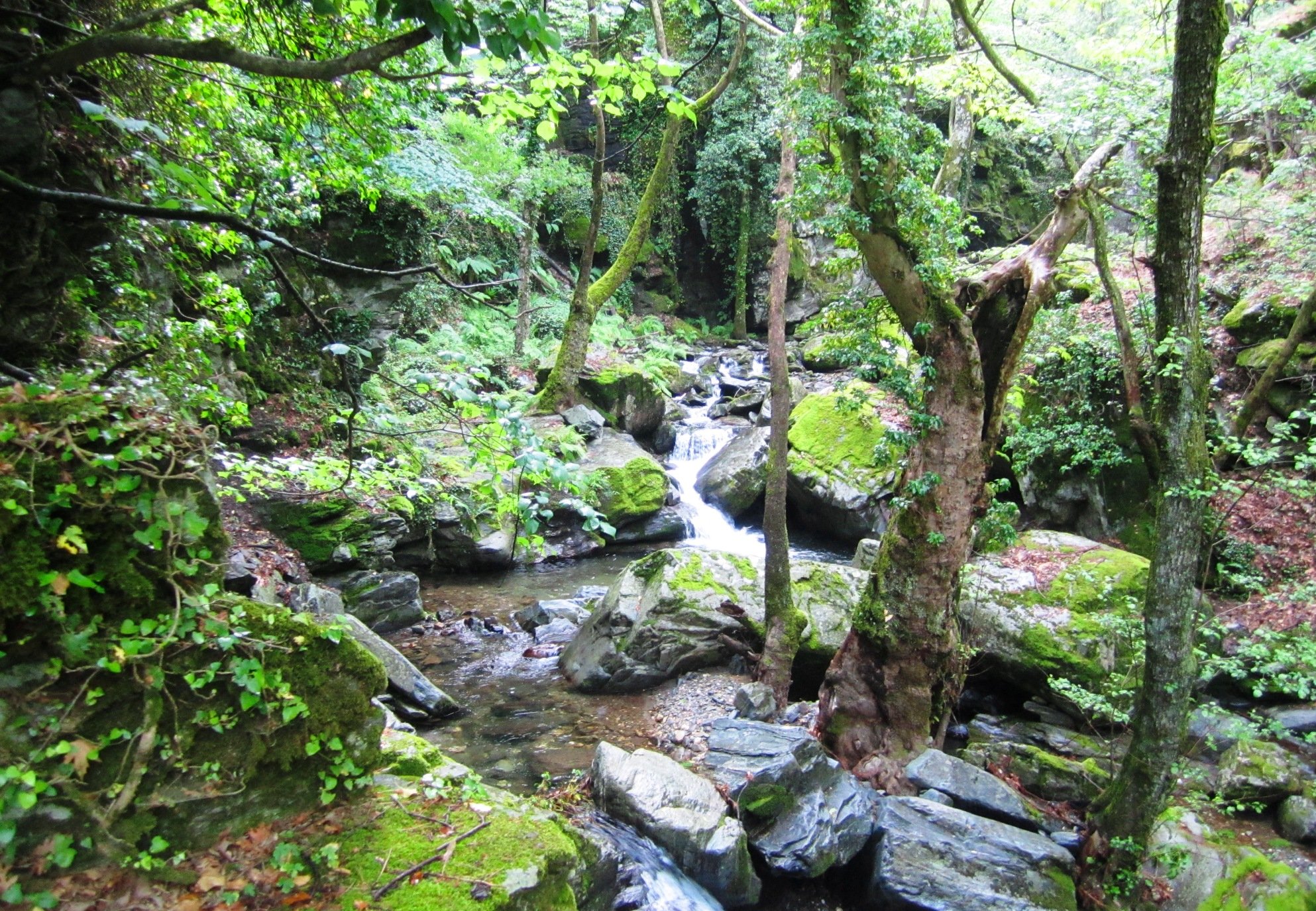Real and Fantastic Locations in my Novel
Following a strong folkloric tradition in which the lines between the real and fantastic are blurred, the “map” of my fantasy novel’s world is one in which completely fantastical places (such as the Kingdom of the Giants, the Sorry Islands, and the Highest Mountains) are plotted alongside recognizable geographic places (such as Iberia, Anatolia, and Caledonia). Yet the geographic places take on fantastic attributes and the fantastic places bear some resemblance to geographic landscapes, so the resulting world is our own yet another.
I had so much fun doing geographical research for the locations in Wick and Arrow that I thought it might be intriguing to share some of the real-life places that are behind the fantastic ones in the novel.
Labrador and Newfoundland
The Kingdom of the Giants is inspired by the rugged northern landscape of Labrador and Newfoundland, especially the Torngat Mountains. When a character escapes in a Norse sailing ship, one of the giants tells her, “Uncle gave it to me to play with in my bath. He found it in the sea and shook out all the humans.” There is a fun nod here to early Viking explorers of Canada.
The Canary Islands
While the Sorry Islands are a completely fictional archipelago in the midst of a vast ocean which remains unnamed in my novel, a lot of my research was based on the Canary Islands, especially concerning the history of Spanish colonization and the slave trade. It was from the legend of San Borondón that I got the idea for the Buried Isle.
Latvia and the Baltic Sea
For whatever reason, I got the idea very early on that the city of wizards was located on the Baltic Sea, perhaps near Latvia. I think it was because I had been singing some choral music in Latvian (by Dubra) and learned that the language has changed very little over time and is perhaps one of the closest existing languages to Indo-European. Whether or not this is true, it felt like a good place for wizards. Gnoze, the name of the wizards’ city, comes from a Latvian word for “gnosis” or knowledge.
Scottish Highlands
Glen Droighinn is clearly located in the magical wildnerness of northern Scotland. Translated, this fictional location means “Valley of Thorns.” In my research, I became particularly fascinated with the jewelry and artifacts of the ancient Celts, including the torc, a neckband of gold which was a symbol of power similar to a crown.
By Elelicht - Own work, CC BY-SA 3.0, https://commons.wikimedia.org/w/index.php?curid=22759630
Mount Ida, Turkey
The ancient, often pre-Greek ruins of Anatolia captured me as I researched this location. When I discovered Mount Ida, site of many ancient myths including the destruction of Troy, I was particularly intrigued by the mountain’s association with the goddess Cybele, whom the Phrygians considered the mother of all other gods. This mountain blends with the lush Antalya region in my fictional setting.





